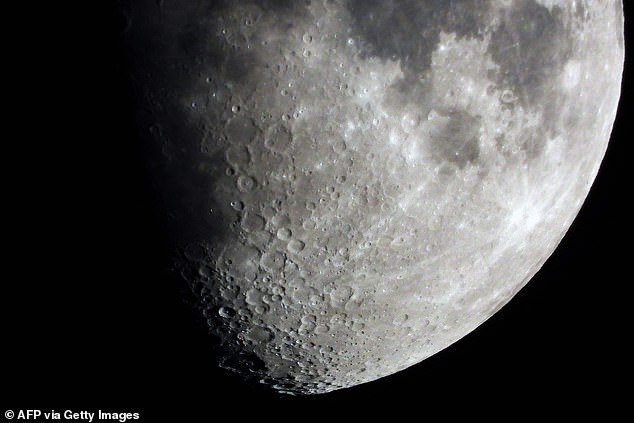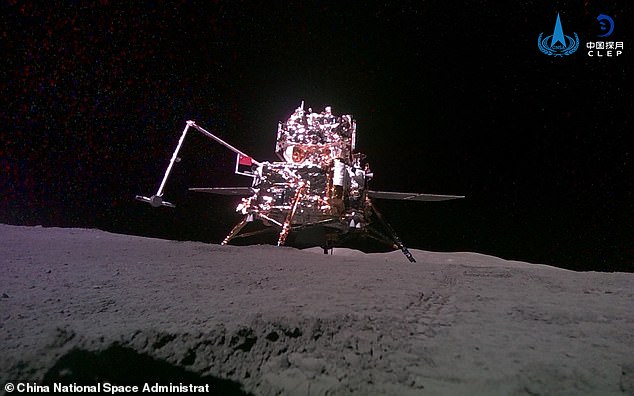NASA cancels VIPER mission to the moon – a major boost for China’s space race
NASA has canceled a historic mission to the far side of the moon, putting the US further behind in a new space race with China.
The $600 million mission would involve sending a rover to the moon’s unexplored south pole in search of valuable natural resources.
The launch was planned for late next year, but NASA halted the program on Wednesday, citing production problems and rising costs.
It is the latest blow to the US’s reputation as the dominant power in space. China last month became the first country to return samples from the dark side of the moon.
The Volatiles Investigation Polar Exploration Rover (VIPER) would have searched for ice at the lunar south pole, which would have provided resources for astronauts later this decade as part of the Artemis program
Nicky Fox, deputy director of NASA’s Science Mission Directorate, said: “These kinds of decisions are never easy.
“But in this case, the expected remaining costs for VIPER would have resulted in many other missions having to be cancelled or disrupted.”
The Volatiles Investigating Polar Exploration Rover (VIPER), a golf cart-sized rover, was originally scheduled to be launched by December 2023.
The plan was for VIPER to collect data for 100 days to map possible water sources, which would be water ice.
Scientists from the University of California, Los Angeles, published a study in 2019 showing that there could be water ice deep within the lunar surface, which could even be large enough to support human settlements in the future.
The discovery of water ice would give NASA the opportunity to build permanent bases on the moon, which could serve as staging areas for deep space travel.

VIPER was originally scheduled to launch in 2023, but more testing was needed for the lander, pushing the mission back to 2025 — and increasing the expected cost to $609.6 million
VIPER was postponed again until later this year, but postponed again further to September 2025, which would have cost NASA nearly $200 million in additional funding.
The rover was “fully assembled” but had not yet undergone any testing to ensure it would survive a launch, said Joel Kearns, deputy director for exploration in NASA’s Science Mission Directorate.
These tests involved flying through the vacuum of space and experiencing extreme temperatures.
But it’s still possible the rover could be redeployed on future missions, in whole or in parts, if NASA can reach a suitable agreement with industry partners who might be interested, he said.
Astrobotic, which launched the Peregrine lander in January that failed to reach the moon, is still on track for a late 2025 launch, but the spacecraft will now carry a “mass simulator,” or heavy weight, instead of a NASA rover.

Much of the public has indicated that news of the canceled mission could set NASA back in the space race against China, which landed on the moon’s south pole on June 5, 2024 (pictured)
Much of the public believes that news of the canceled mission could set NASA back in the space race against China, which landed on the moon’s south pole on June 5, 2024.
And on June 25, the Asian space probe managed to bring back its lunar module Chang’e-6, complete with 2 kilograms of rocky moon rock.
However, Kearns insisted that the US not to be left behind in the space rivalry with China.
“We congratulate the Chinese National Space Agency on the apparently very successful Chang’e-6 mission,” he said.
But Kearns added that by partnering with the space industry through the CLPS program, “we think we’re going to have a more robust science program and a more robust lunar landing capability in the United States.”
